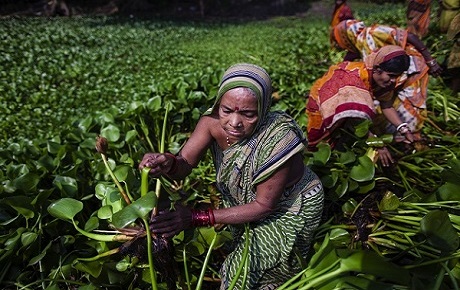 |
 |
Water hyacinth (Scientific name: Eichornia crassipes; Local name: Meteka) is considered as the most productive plant on earth, as it yields more than 200 tons of dry matter per hectare per year under normal conditions. On water containing high concentrations of sewage, it yields up to 657 tons of dry matter per hectare. In Assam, water hyacinth is seen in abundance in almost every river body of the state, right from big lakes to household ponds in villages. For a long time, the aquatic plant was considered only as a waste and was either cleared up or left unused.
“The plant is far more productive than the crops that have been carefully cultivated by man under near-ideal conditions of fertilization, irrigation, and pest control,” wrote John Bunton in an article which appeared in Far Eastern Agriculture.
Basically, Water hyacinth is considered as a weed & nuisance for:
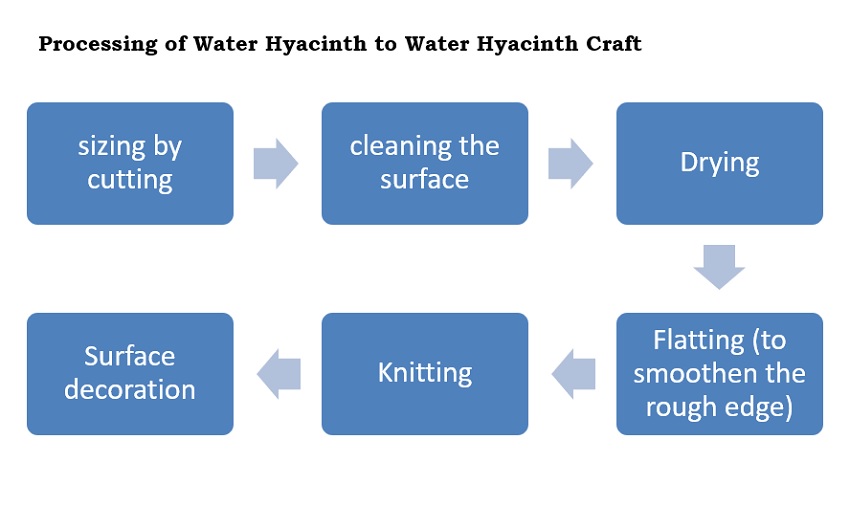 |
To introduce water hyacinth craft as a source of sustainable livelihood in rural areas primarily targeting the women beneficiaries for their economic empowerment. The project will focus on six blocks under six districts which are listed as follows:
|
Name of the District |
Name of the Block |
No of SHG members to be covered ( Approx) |
|
Kokrajhar |
Kokrajhar |
850 SHG members |
|
Darrang |
Pub Mangaldai |
|
|
Nagaon |
Dolongghat |
|
|
Dhemaji |
Dhemaji |
|
|
Majuli |
Majuli |
|
|
Tinsukia |
Guijan |
Formal and Structured training on making products of water hyacinth is a necessity in promoting Water Hyacinth Craft into a Sustainable Livelihood option . In order to enhance their skills and productivity technical training and Capacity Building Programmes have been designed specific to the requirement of the artisans on water hyacinth craft:
|
Sl No |
Type of Training |
No of Artisans to be covered |
|
1 |
Skill Development Programme at village level |
600 |
|
2 |
Advanced Training at NEDFi R&D Centre, Khetri |
60 |
|
3 |
Product Specific Reorientation Programme at village level |
150 |
A systematic approach to promote Water Hyacinth Craft as a sustainable Livelihood option, marketing linkage has to be established and tracking of the growing needs of customers is also to be kept in account. Thus, the following initiatives are to be undertaken in realizing the goals of establishing a sustainable Market Linkage.
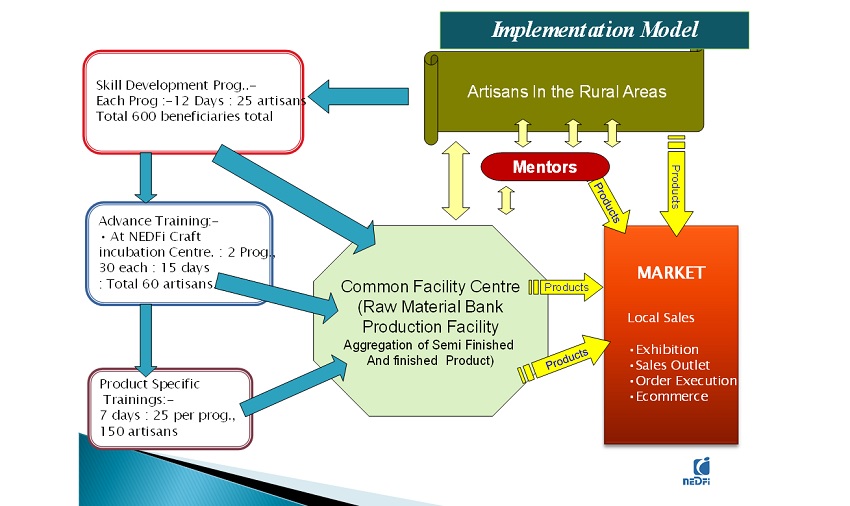 |
Operational Time Line for Water Hyacinth Project
Project Period: 18.08.2017 to 17.08.2019 (Two years)
| Sl No | Activity | Months |
| 1 | Conducting Basic Training Programme for beneficiaries (24 programes, 25 beneficiaries per batch, duration of each training programme 10 days per batch). | Sept-17 to Dec-17 |
| 2 | Issue of Artisan Card to the project beneficiaries | Sept-17 to Dec-17 |
| 3 | Selection of place and beneficiary for establishment of Common Facility Center (CFC) | Nov-17 |
| 4 | Procurement process of Tools & Equipments for CFC Accessories etc |
Dec-17 to Jan-18 |
| 5 | Functioning of CFC -6 nos. (1 each at selected intensive district) | Jan-18 |
| 6 | Mobilisation of CFC Assistants | Feb-18 to Aug-19 |
| 7 | Selection and Mobilisation of Marketing Executive & Mentor | Dec-17 toAug-19 |
| 8 | Selection and Mobilisation of Mentors | Dec-17 toAug-19 |
| 9 | Conducting Advanced Training Programme (2 porgrammes, 30 beneficiaries per batch, duration of each training programme 12 days per batch) | March-18 to April-18 |
| 10 | Conducting Product Specific Orientation Programme (6 programmes, 25 beneficiaries per batch, duration of each programme 6 days per batch) | May-18 to Aug-18 |
| 11 | 18 nos. of Local, Regional, National Level Exhibitions: 6CFC @ 3 exhibition per CFC | Dec-17 to Aug-19 |
| 12 |
Marketing Linkage Initiatives: 1) Tie up with buyers & exporters for some selective products with large volume; 2) Linkage with marketing organizations; 3) Online Marketing |
Dec-17 to Aug-19 |
| 13 | Preparation of Catalogue, Website launch & Documentation | Dec-17 to March-18 |
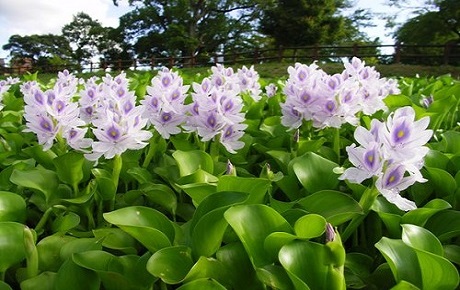 |
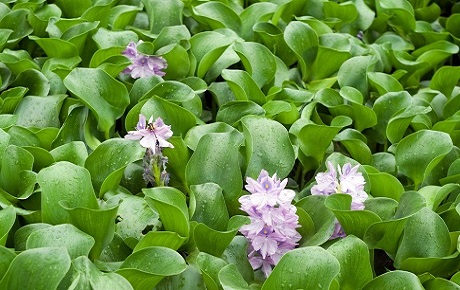 |
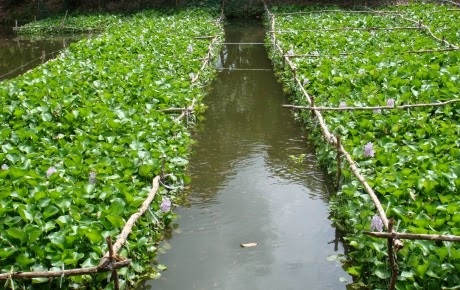 |
 |
 |
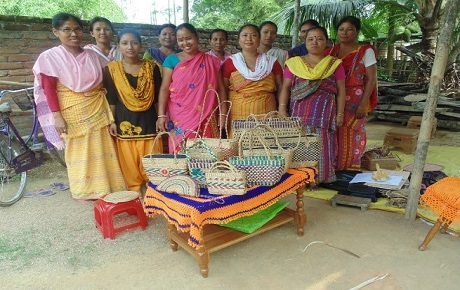 |